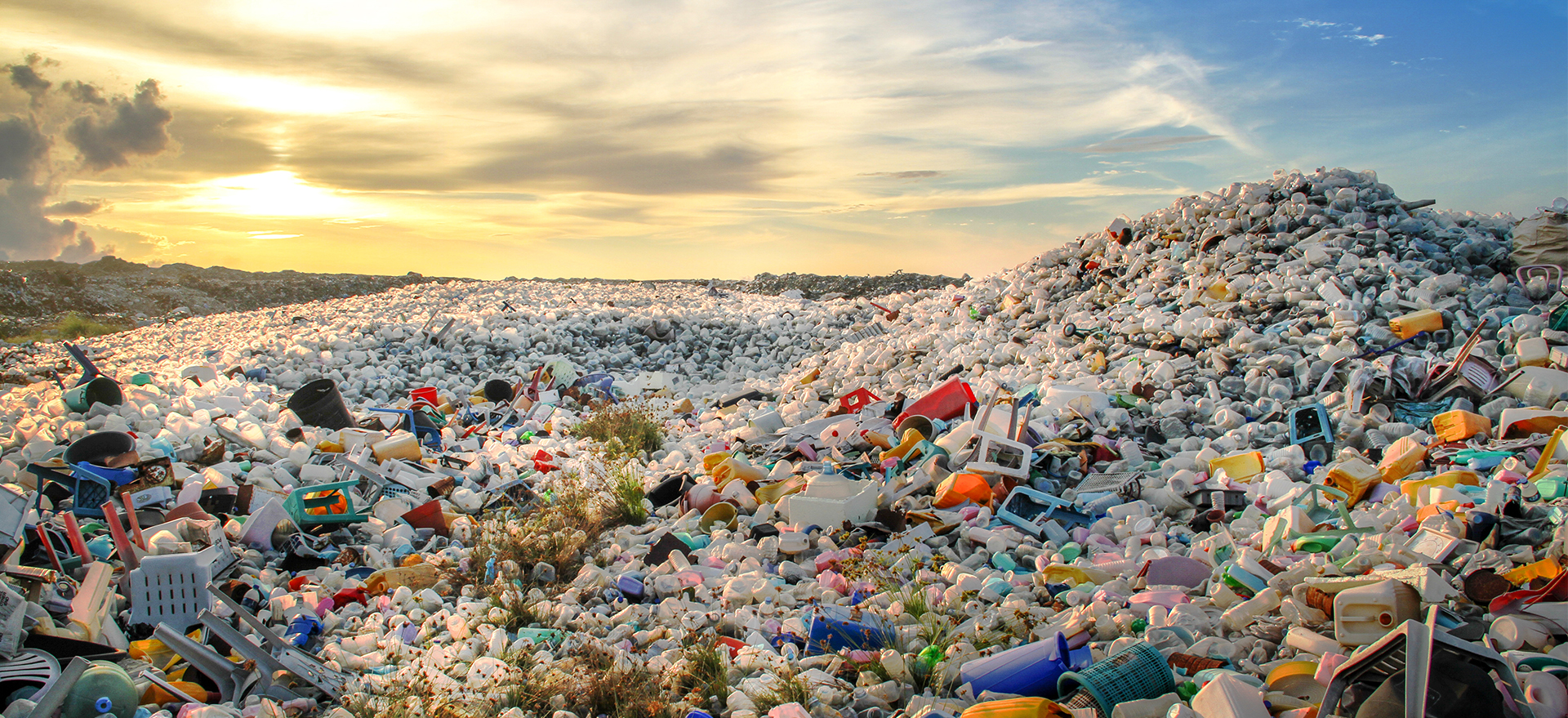Solving the plastic problem
An end to plastic pollution is on the horizon, but more action is needed to get over the finish line. The sooner we act, the sooner we will reap the benefits – and the G7 can help to get us there
When countries agreed to start working on a deal to end plastic pollution at the United Nations Environment Assembly in early March, there were scenes of jubilation. Exhausted negotiators hugged as applause thundered through the meeting room in Nairobi. They deserved their moment. But until the Intergovernmental Negotiating Committee agrees a legally binding deal by the end of 2024, and we all start implementing it, plastic pollution will continue to cause immeasurable harm.
Approximately 7 billion of the estimated 9.2 billion tonnes of plastics produced between 1950 and 2017 are now waste, much of it in the oceans. We add to this waste every year to the tune of another 11 million tonnes. This waste is harming fragile species. It is damaging economies. It is very likely damaging our health.
Plastic debris has been found in the digestive systems of many marine species. Plastic pollution reduces marine ecosystem services by $500 billion to $2,500 billion each year. If nothing changes, by 2050 greenhouse gas emissions associated with plastic production, use and disposal could account for 15% of allowed emissions under the goal of limiting global warming to 1.5°C. These impacts, and more besides, are why a deal is so important. They are also why we cannot afford to wait for a deal to get moving.
The G7 has played an integral role so far. Germany spearheaded the G7 Action Plan to Combat Marine Litter during its 2015 presidency. Canada’s G7 presidency in 2018 saw a blueprint for healthy oceans as well as the G7 Ocean Plastics Charter. The Osaka Blue Ocean Vision, agreed under the Japanese G20 presidency in 2019, voluntarily commits G20 members to reduce additional pollution by marine plastic litter to zero by 2050. Japan, along with Rwanda and Peru, then put forward resolutions that became the final text for the resolution on plastic pollution at the fifth UNEA in Nairobi.
Now we are counting on the G7 to throw its full weight behind the negotiations – because top-level political commitment will be crucial. In addition, as multilateralism brings us towards a strong regulatory framework, we need to move quickly on industry innovation and waste management to ensure the agreement can succeed.
What the G7 can do
With deep pockets and conducive business environments for research and development – and close to one third of the world’s plastic production – G7 members can be leaders in developing and championing the range of approaches, sustainable alternatives and technologies we need to address the full life cycle of plastics. There are many strands to this work.
It is imperative to scale up reuse schemes to shift economies away from disposable and wasteful products. Innovations and the uptake of recycled plastic are undermined by the low cost of subsidised virgin plastics. We need a level playing field for the sustainable design of products and materials. This means incentivising innovation for products that can be reused, remanufactured or recycled.
Companies can support the implementation of G7 commitments and the upcoming global deal through stronger internal policies, innovative approaches and awareness efforts among their markets. As nine of the 10 companies whose plastic products cause the most plastic pollution in the world are based in G7 members, G7 governments wield significant influence with these firms. Some of them are already setting commitments. Unilever has set a reduction target of 50% of its virgin plastic consumption by 2025. The Coca-Cola Company aims to sell 25% of its portfolio in reusable packaging by 2030. G7 members can encourage more such commitments.
We need to recognise and support the contribution to recycling made by informal workers in many countries and facilitate access to knowledge and technology. We need to strengthen the science–policy interface at all levels: improve understanding of the global impact of plastic pollution, and promote effective and progressive actions at the local, regional and global level. The G7 can drive these changes.
No time to waste
Given the ongoing impacts of plastic pollution, we cannot afford to wait for a deal before acting. In parallel to negotiations, UNEP will work with any government, business and investor to shift towards a circular plastics economy, with actions across the full life cycle. Such actions include removing subsidies for the production of virgin plastics; reducing unnecessary, avoidable and problematic polymers and products; encouraging reuse models; increasing collection, sorting and recycling rates; and facilitating the establishment of the necessary infrastructure and related funding mechanisms.
The sooner we act, the sooner we start to reap the benefits. Getting it right could reduce the volume of plastics entering our oceans by over 80% by 2040. It could reduce virgin plastic production by 55%. It could save governments $70 billion by 2040. It could reduce greenhouse gas emissions by 25%. It could create 700,000 additional jobs, mainly in the Global South.
We stand to gain so much from acting rapidly on plastic pollution. By taking actions across the full life cycle of plastics, backing the deal and driving industry reform to get ahead of the game, the G7 can lead the way.












